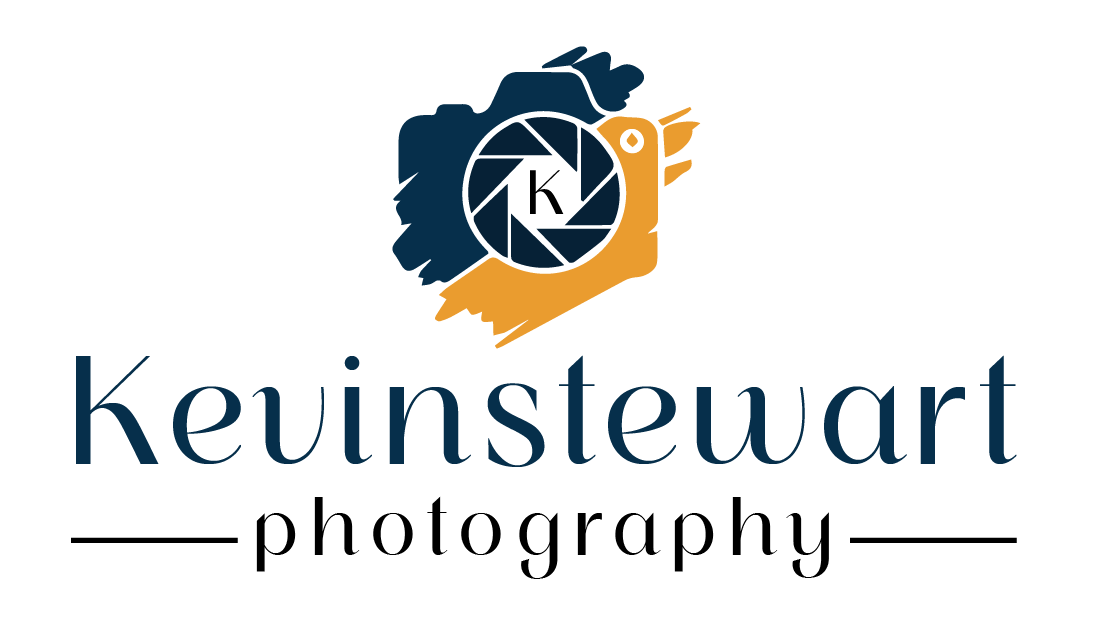Photography composition is the art of arranging elements within the frame to create compelling, story-driven images that captivate and inspire. From symmetry to negative space in photography composition, these principles will guide you to produce balanced shots that resonate emotionally and elevate your visual storytelling.
1. The Rule of Thirds
The rule of thirds is one of the most famous compositional techniques. In this guideline, you are supposed to divide your frame into a grid of nine equal parts using two vertical and two horizontal lines. The theory is that by putting the key elements this way or in their cross-sections you generate a more balanced and interesting picture.
How to Use It: Visualize your frame as a third. Place your subject on one of the vertical lines or one of the points of intersection. This can assist in making a more dynamic composition and directing the eye of the viewer through the photograph.
2. Leading Lines
Natural lines in a scene are leading lines that guide the eye of the viewer towards the subject in the scene or deeper into the composition. These lines may be roads, rivers, fences or anything that produces some form of motion in the picture.
How to Use It: Find lines in the surrounding which lead to your subject. Arrange yourself in a manner that these lines will direct the eyes of the viewer to give depth and perspective in your photograph, much like the techniques discussed in our Travel Photography Tips.
3. Framing
Framing refers to employing the items in the scene to frame up your subject. The technique attracts attention to the subject and creates the depth of the picture. Natural frames may be located in doorways, windows, branches or arches.
Application: In writing your shot, seek to find things that can surround or frame your subject or topic. This does not only make it a subject but also gives your photograph a background and an extra depth.
4. Symmetry and Patterns
Patterns and symmetry can make a visually stimulating image. Due to the balance or repetition of elements in your composition, they may create a feeling of harmony and order. It is a technique that is especially effective in architecture and nature photography.
Usage: Find the repetition patterns or symmetrical scenes. You can place your camera in such a way that the symmetry is highlighted, and do so to produce a pleasant and harmonious composition.
5. Depth and Layering
It is possible to make your photographs three-dimensional and make them more interesting. The use of foreground, middle ground and background helps in guiding the eye of the viewer through the picture giving it a three dimensional effect.
How to Use It: Add several layers to your composition. Take the example of the use of flowers in the foreground, landscape in the middle-ground, and mountains in the background. This overlay is rich and dimensional to your photos.
6. Negative Space
Negative space is the space in between your subject. This can be used to make your composition stronger by using negative space to emphasize the subject and make it look simple and elegant.
Use: To create your shot, you need to think about the amount of negative space that you wish to have. When your subject is on a clean background, it is more likely to be outstanding whereas a cluttered background may distract your subject.
7. Experiment with Angles
The angle in which you are shooting can drastically change your composition. Switching your mindset can make your subject new and come up with more compelling images.
How to Use: There is nothing wrong with experimenting with angles: take your photos low to the ground, or over your subject, and at an odd angle. It is possible to experiment with angles and achieve some incredible and beautiful results.
8. Keep It Simple
Sometimes, less is more. A messy composition is distracting and tends to thin out the effect of whatever it is you are photographing. Make it simple in your framing, this is done by having one main subject and getting rid of unimportant details.
How to Use It: Before shooting, analyse your frame. Eliminate any aspect that is not contributing to the story you are telling. It is often the most powerful music which is plain and simple.
Conclusion
Composition is one of the most important elements of photography since it can make even simple photos a masterpiece. You can make effective use of negative space, the rule of thirds, leading lines, framing, symmetry, and other techniques, which will help you to create great photographs that appeal to your audience. It is important to remember that practice is the most important thing–try different compositions and points of view to find your own way.
Photography is not only about making what you see because it is also about saying something and moving people with your work. Adopt the ideals of composition and not only will your photos be technically correct, but will also be interesting and memorable.
Frequently Asked Question (FAQs)
1. What can I do to train my writing abilities?
The hardest part of practicing composition would be practicing by taking your camera outside and working on each compositional element one after another, e.g., the rule of thirds or leading lines. Think of that particular method of shooting and spend a day doing it. Check on your photos later to check your application of the concept and what you can do better. Inspirational feedback and inspiration can also be obtained by participating in photography challenges or groups.
2. Is it alright to violate composition rules?
Absolutely! As useful as composition rules, such as the rule of thirds, leading lines, etc., photography is a form of art that is internationally flourishing on creativity and self-expression. There is no harm in breaking these rules provided it is to your vision. It is not unusual to find some of the most interesting pictures when one can think outside the box and experiment. You know what you have to do and what suits your style.

